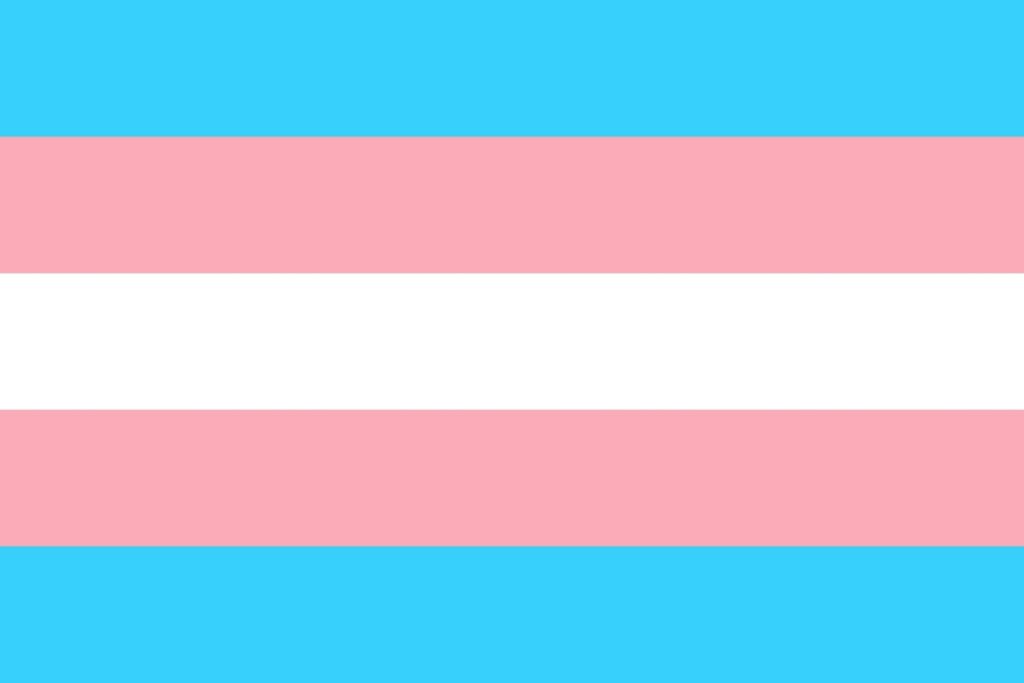Photo by Kat Love on Pixabay
Two years ago, for my first blog post, I discussed how to correctly write about the trans and gender diverse community, which has historically been represented in a negative and discriminatory light in the media.
I illustrated the guidelines provided by GLAAD – an association founded by journalists and writers to protest defamatory and sensationalized HIV and AIDS coverage in the 1980s – in their 10th edition of the GLAAD Media Reference Guide (2016).
However, just recently, TGEU Transgender Europe – a trans-led non-profit for the rights and wellbeing of trans people – published a new Trans Media Guide. In their own words, “the world’s perspectives and hopes have shifted several times since TGEU’s inaugural Guide for Journalists was released in 2015”. The publication, a “community-informed, inclusive guide for journalists, editors & content creators”, is divided in four sections: practice, about practical matters such as pronouns, names, and verified sources; issues, about the currently most relevant struggles the community faces (e.g., legal recognition, hate crimes, depathologization); myth busting, dismantling common trans-related myths such as “being trans is a trend” and “children are being forced to transition”; glossary, explaining core terms and highlighting which ones to avoid. Let us take a closer look at the main lessons we can learn from this (much needed) material.
Talk to trans people and hire trans journalists.
Since many cisgender people (those who do identify with the gender they were assigned at birth) do not personally know a trans person, it is important that media portray real-life trans people and consider them as experts and not just subjects. Trans journalists would have an easier access to trans communities, know trans struggles first-hand, and be able to write about trans people respectfully.
Respect people’s names and pronouns.
It’s important to directly ask people about their preferred names and pronouns, and to never reveal a person’s birth name without their consent (deadnaming). Do not assume people’s pronouns based on their identities – for example, not all non-binary people use they/them pronouns.
Avoid sensational headlines and negative-only coverage.
While headlines are indeed a simplified summary of the article’s content, journalists should be careful not to only present eye-catching, sensationalized details. This also extends to the images used to illustrate the story: for example, people could draw inspiration from The Gender Spectrum Collection, a stock photo library “featuring images of trans and non-binary models that go beyond the clichés”.
In the words of TGEU member Beka Gabadadze, “There is a disturbing tendency to sensationalise the transgender community. […] The primary aim becomes creating a spectacle for entertainment, leading to a detrimental portrayal within the media landscape.”
Always wonder: “Is this information necessary/beneficial?”
It is often the case that, when writing about trans people, authors specify details (for example, about their medical histories) they would never share for cisgender people. Is it necessary to specify what a trans person was “born as”? Is it beneficial to add whether or not they had any kind of surgery? Such aspects that people focus on are often completely irrelevant to the story that is being told.
Don’t get lost in translation.
Not all grammars and not all languages follow the same gender structure (for a deeper analysis, refer to Gygax et al., 2019), which is important to keep in mind when writing about foreign news or translating an article. As TGEU suggests, always consult local trans-led organizations and/or trans activists before taking any liberties in translating important terms. For example, since Italian is a binary gendered language, terms such as ‘non-binary’ are not translated and used in their original English form.
In conclusion, this is what TGEU stands for and hopes to achieve with this publication: “We believe in the power of quality journalism as a truthful institution to counter propaganda and purposely misleading information, we believe in evidence-based factual knowledge, and human storytelling to amplify the voices of the most vulnerable groups of people at the frontier of human rights — trans rights.”
Suggested Readings
Yurinova, N. (2023). Trans Media Guide: A community-informed, inclusive guide for journalists, editors & content creators. TGEU.
https://tgeu.org/wp-content/uploads/2023/09/TGEU-Trans-Media-Guide-EN.pdf
GATE, ILGA Europe, TGEU. (2021). Trans Rights are Human Rights: Dismantling misconceptions about gender, gender identity, and the human rights of trans people.
https://tgeu.org/wp-content/uploads/2023/05/dismantling-misconceptions-about-gender-and-trans-rights-en.pdf
Gygax, P. M., Elmiger, D., Zufferey, S., Garnham, A., Sczesny, S., Von Stockhausen, L., … & Oakhill, J. (2019). A language index of grammatical gender dimensions to study the impact of grammatical gender on the way we perceive women and men. Frontiers in Psychology, 10, 1604.

Implementing gender diversity interventions effectively (Sweden)
